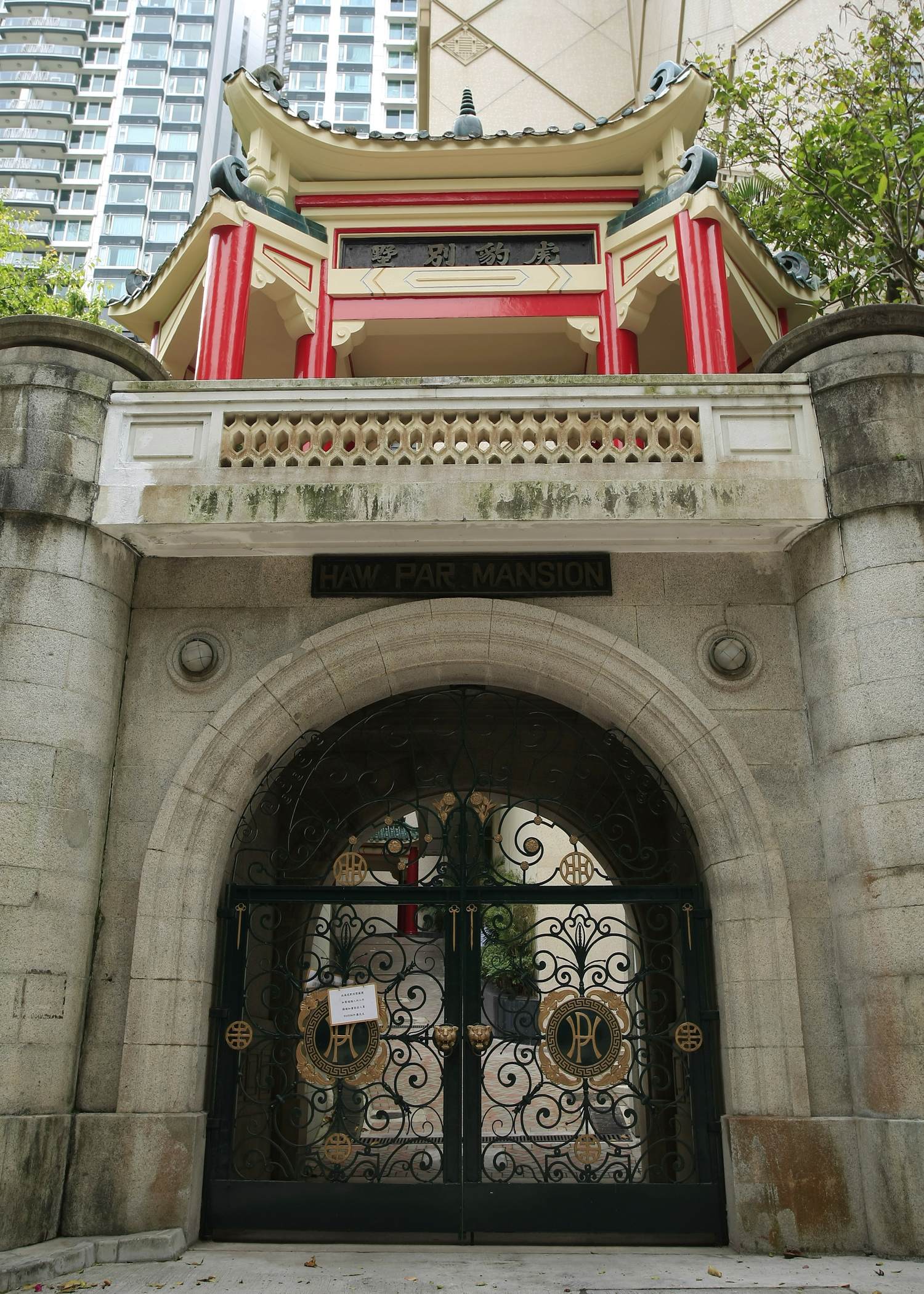
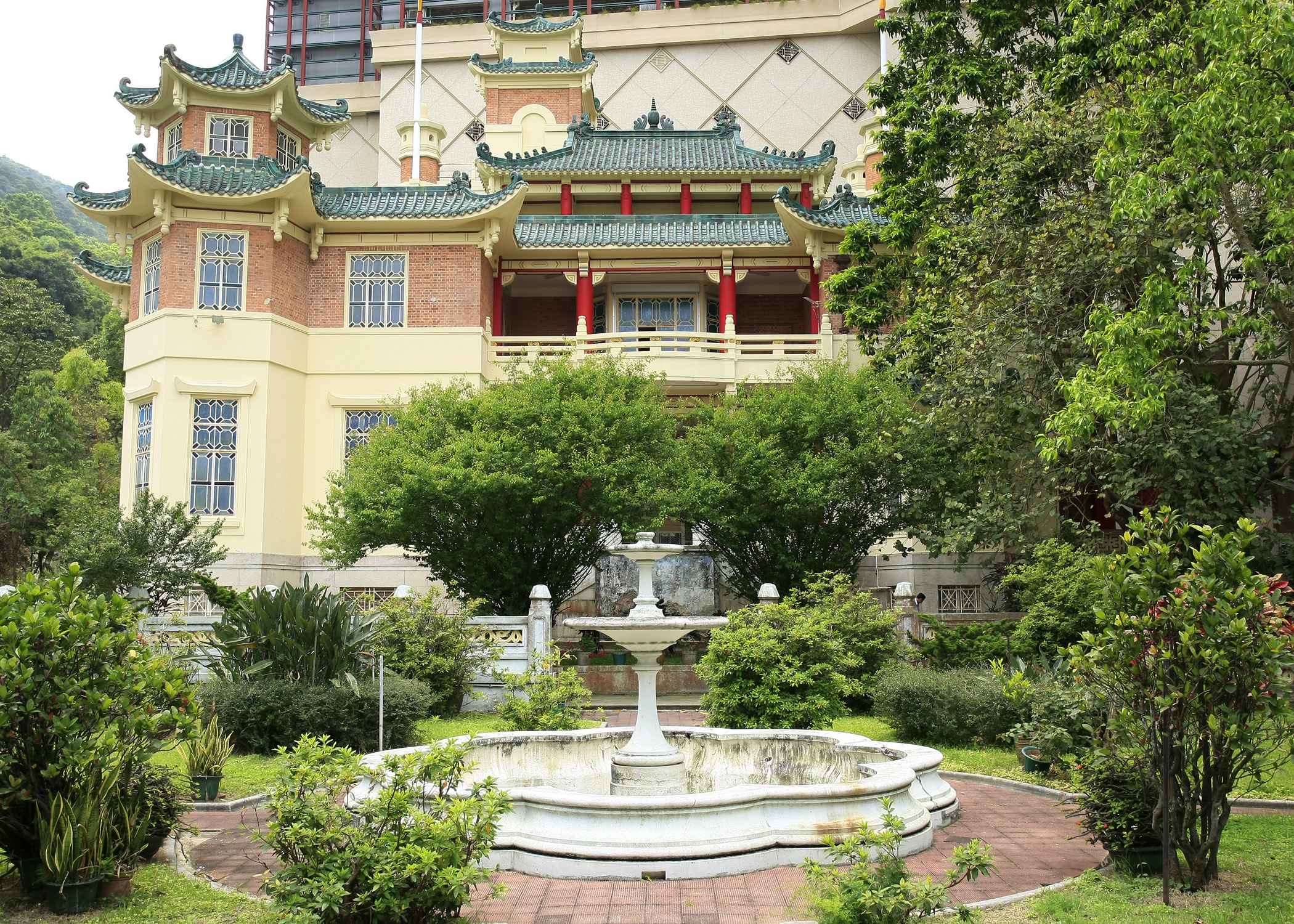
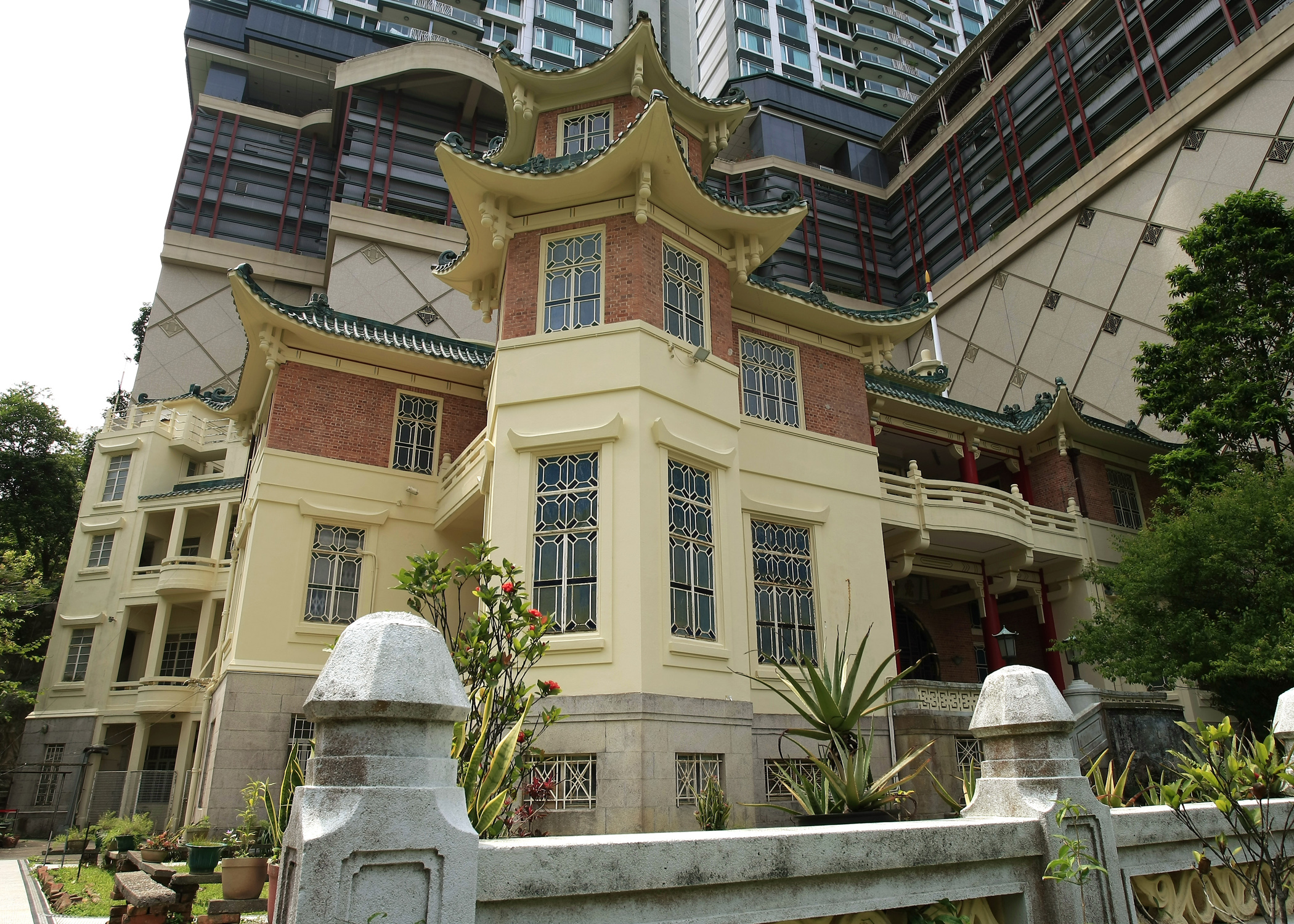
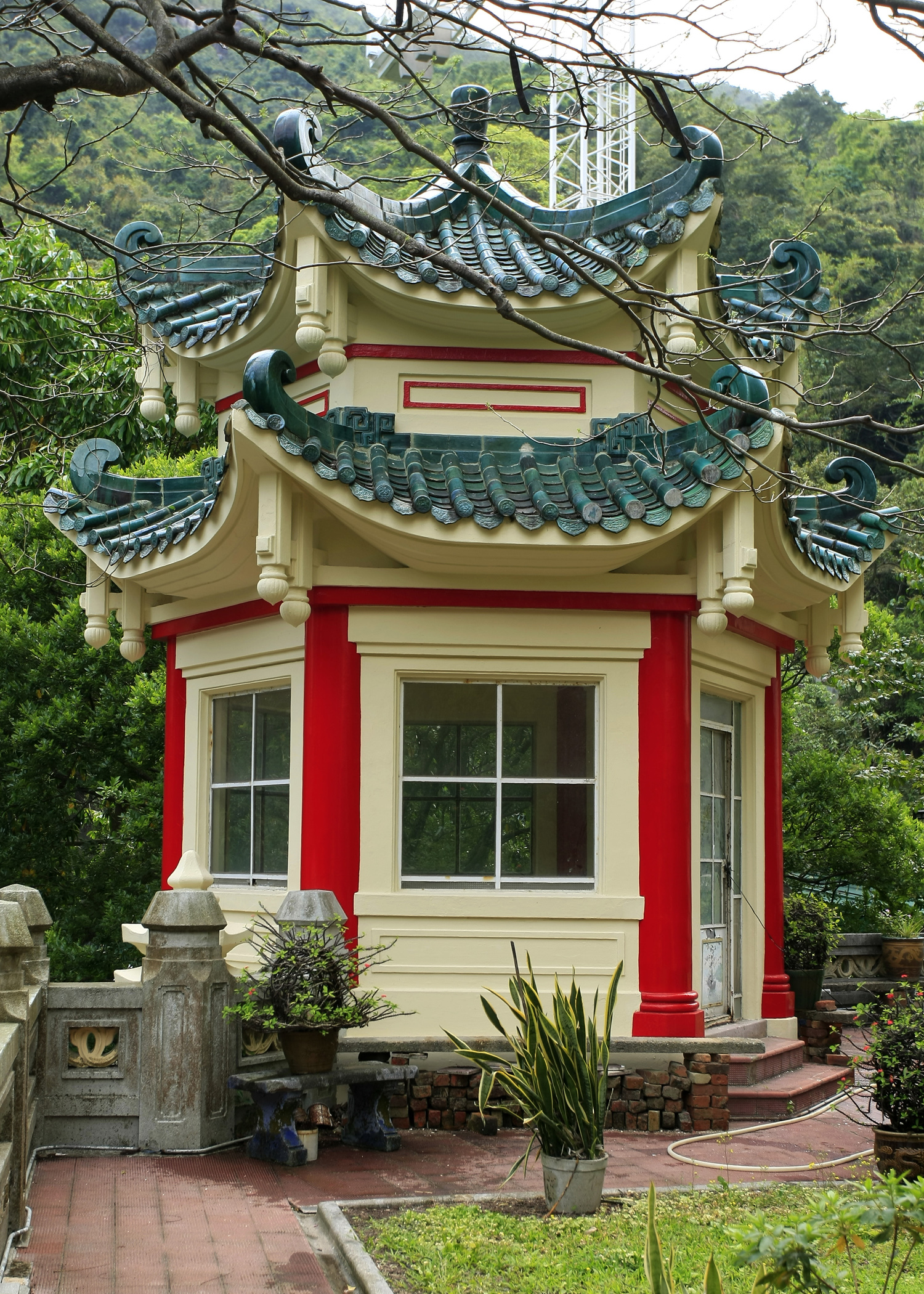
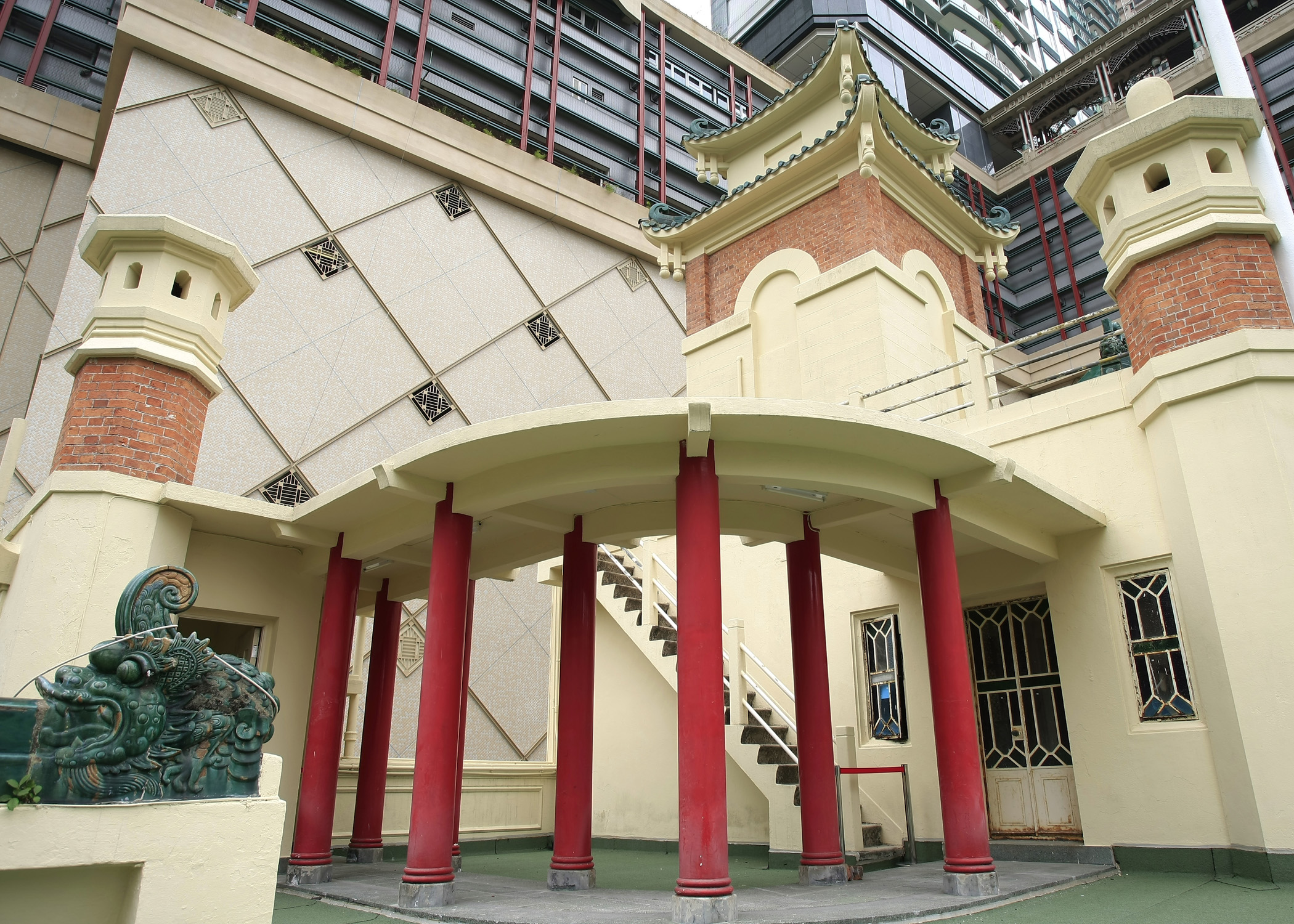
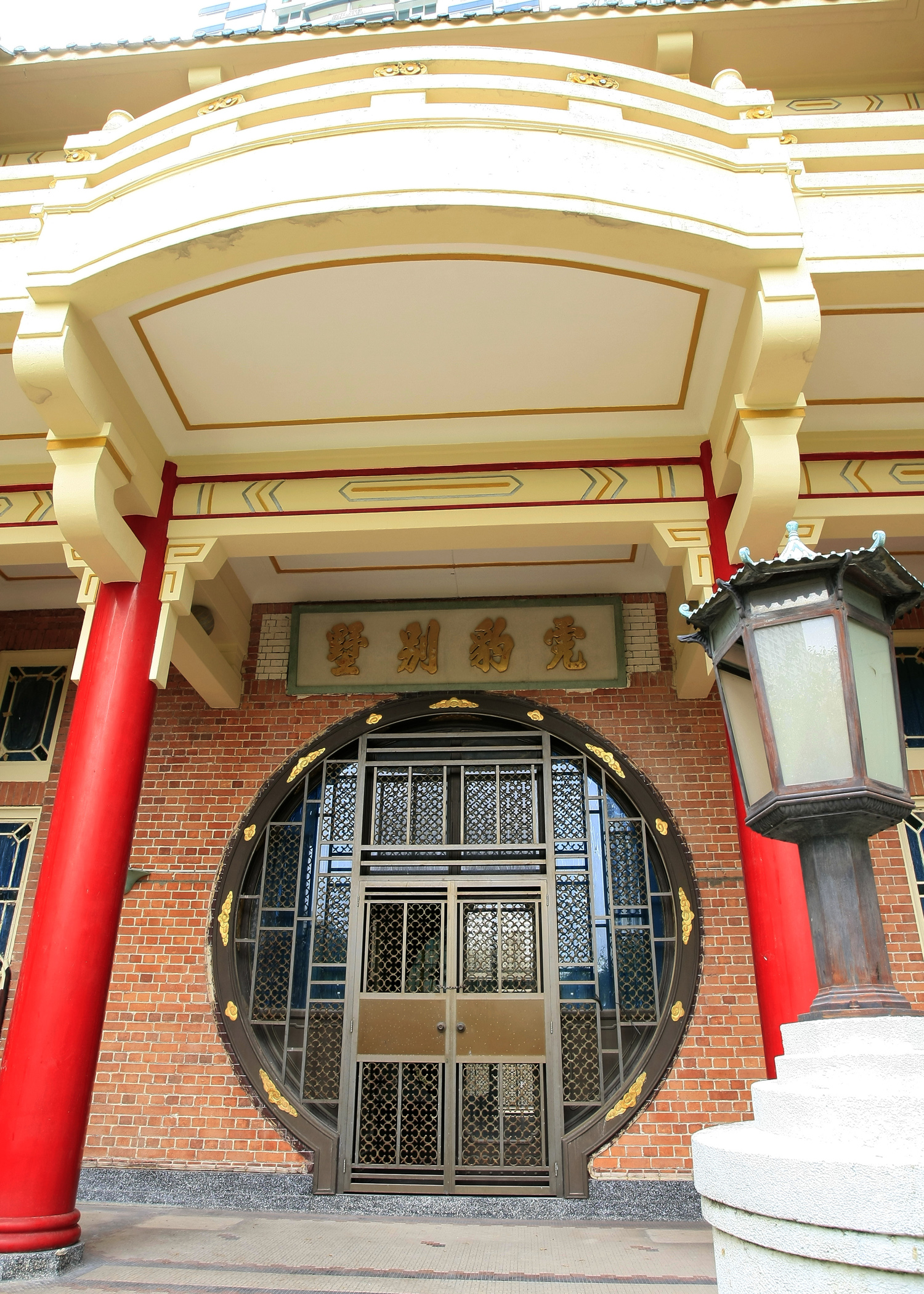
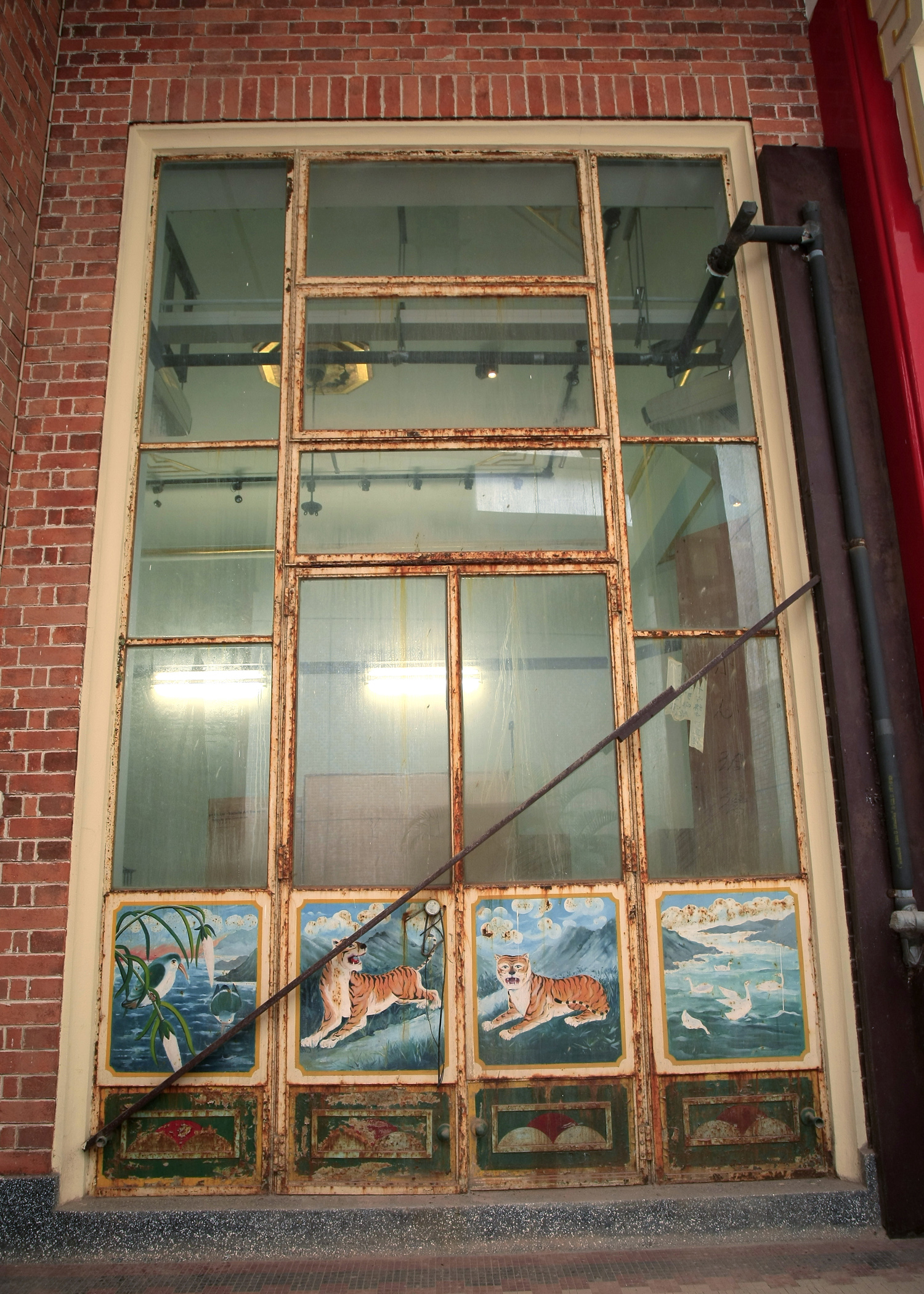
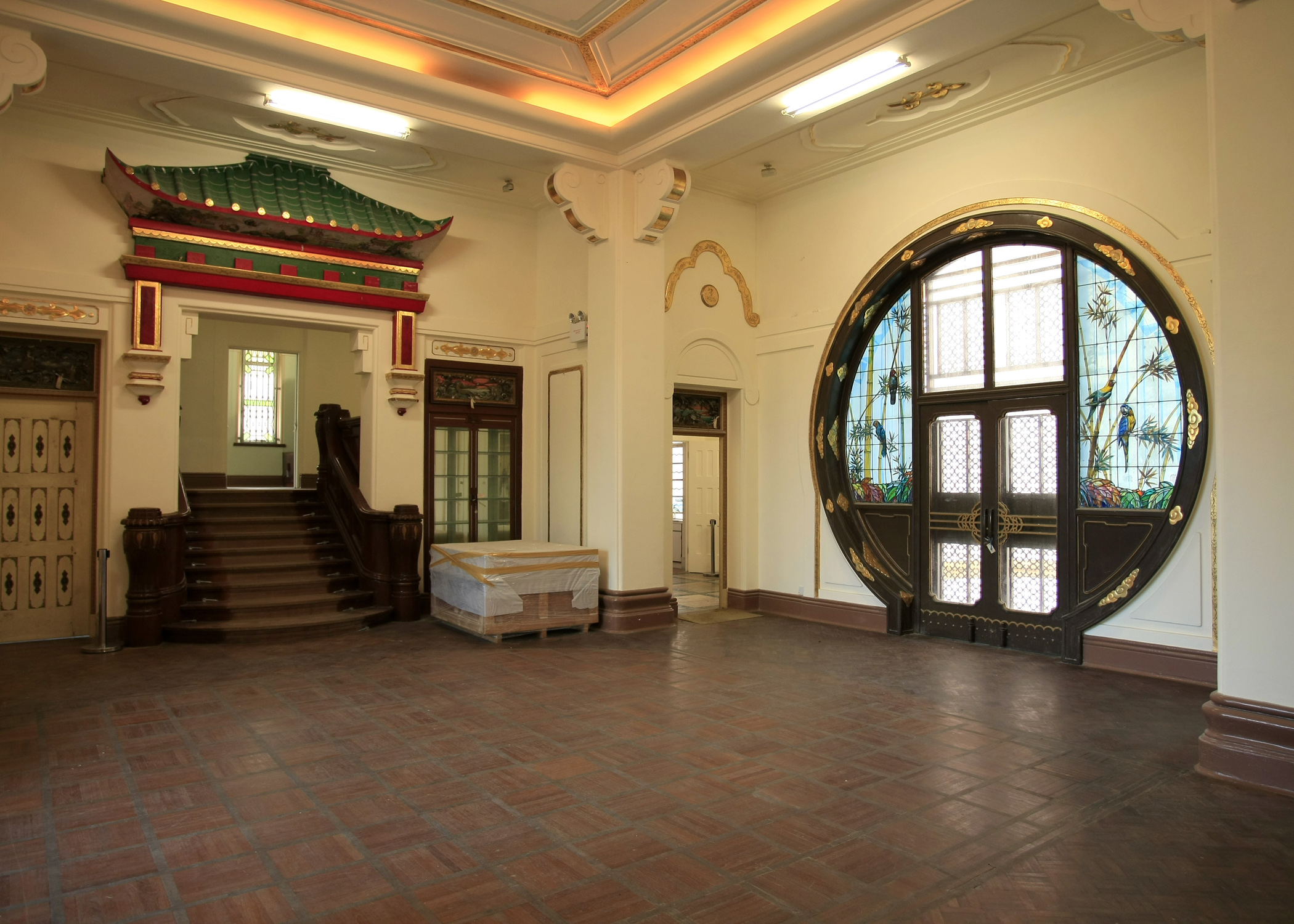
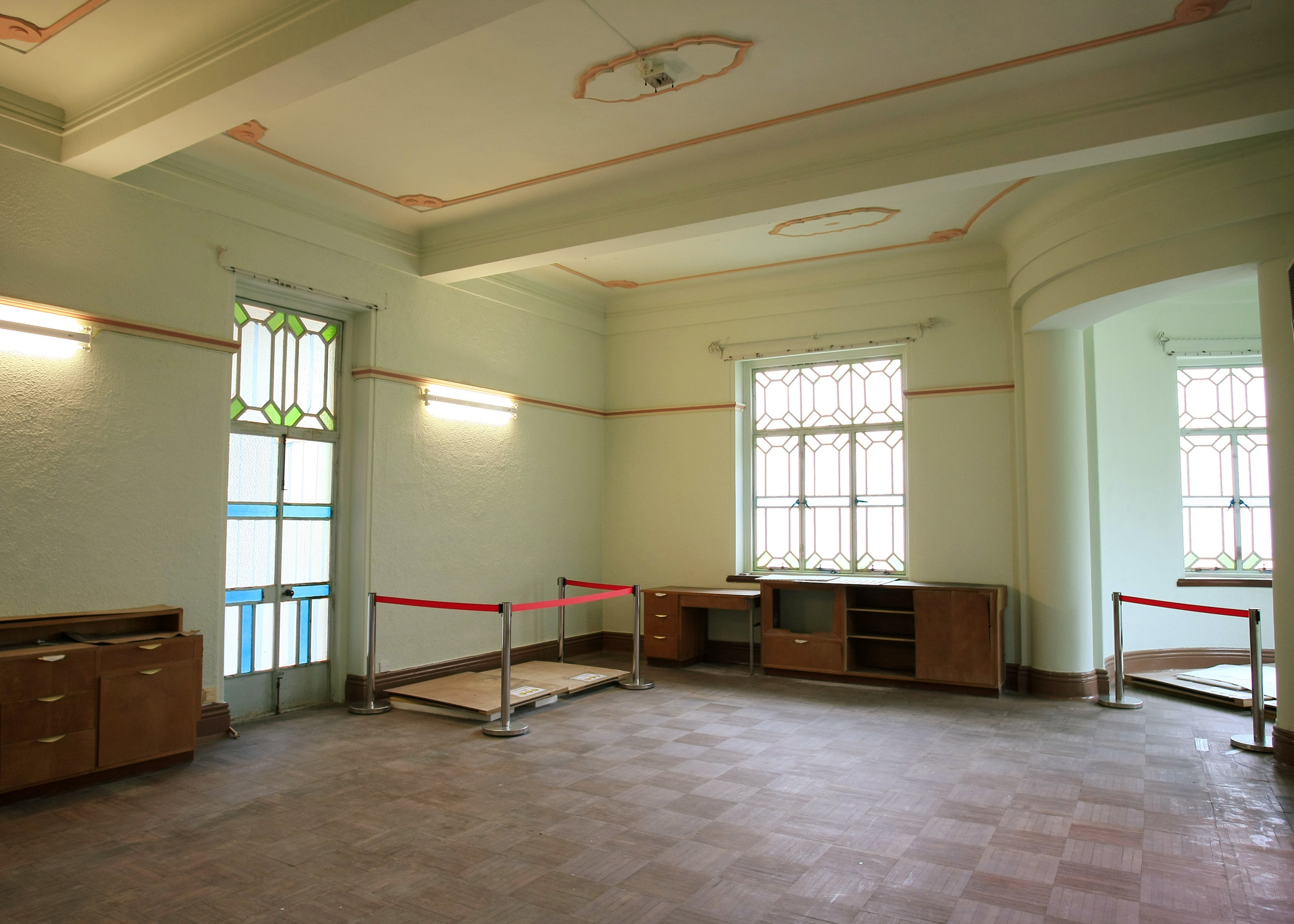
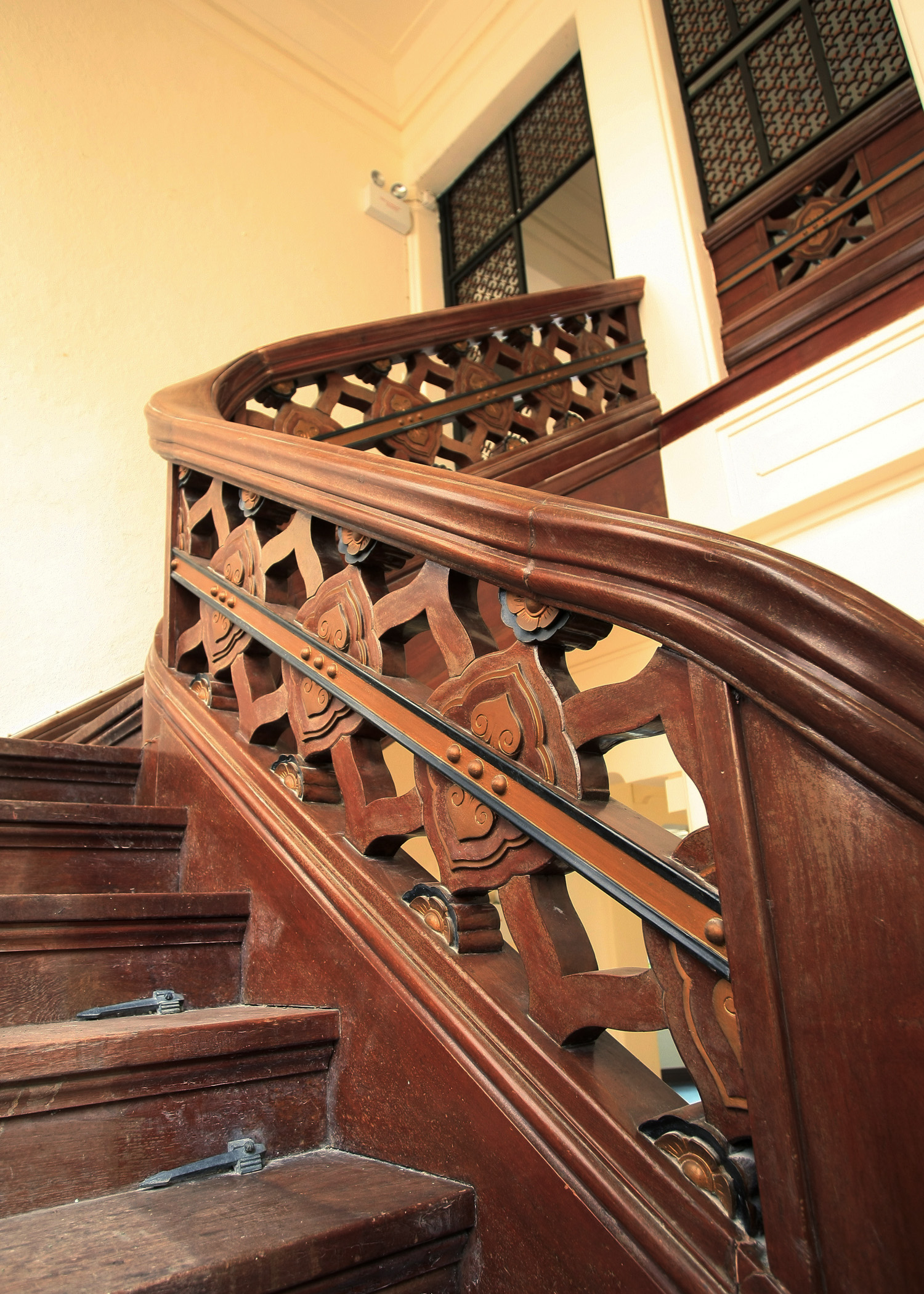
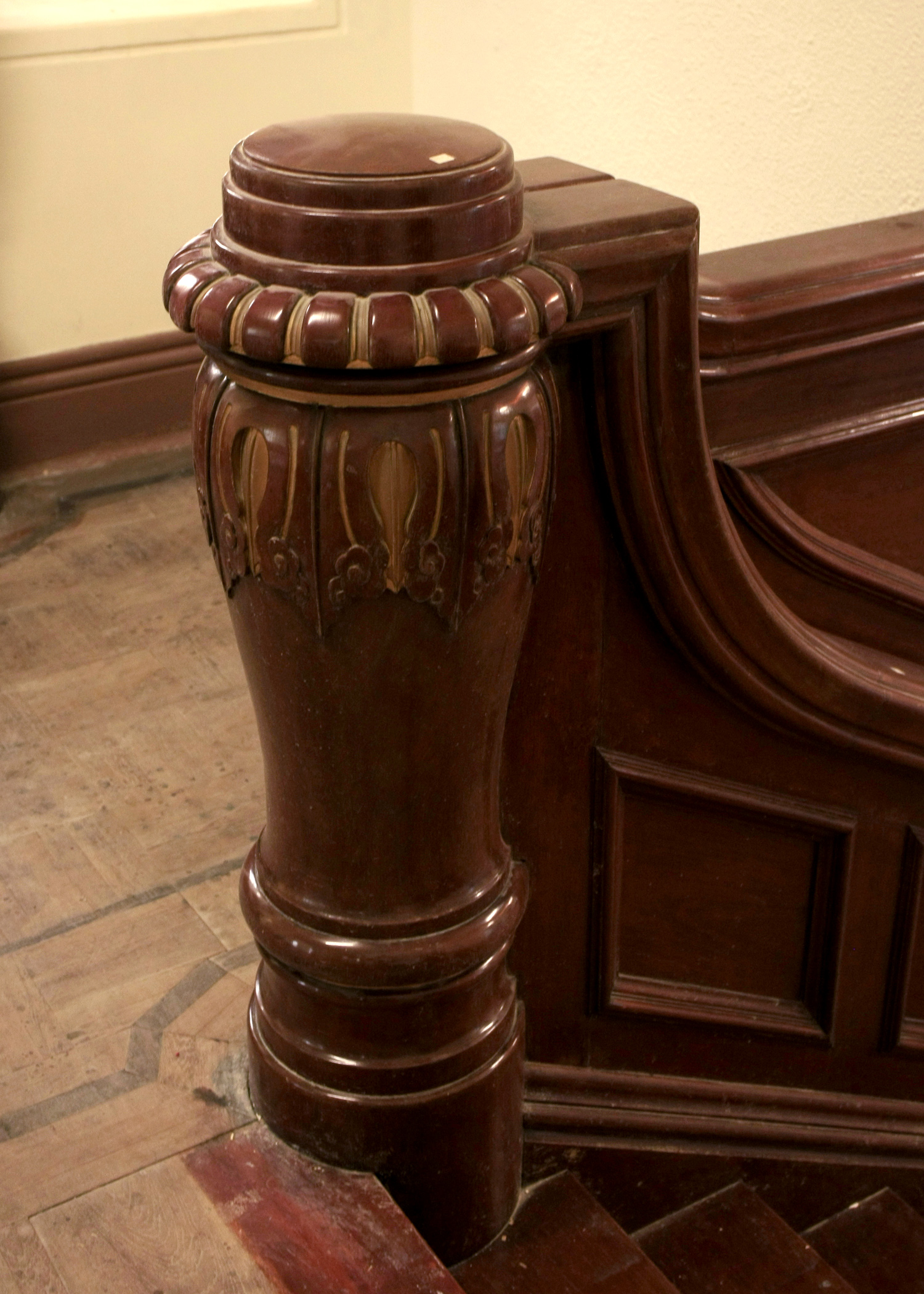
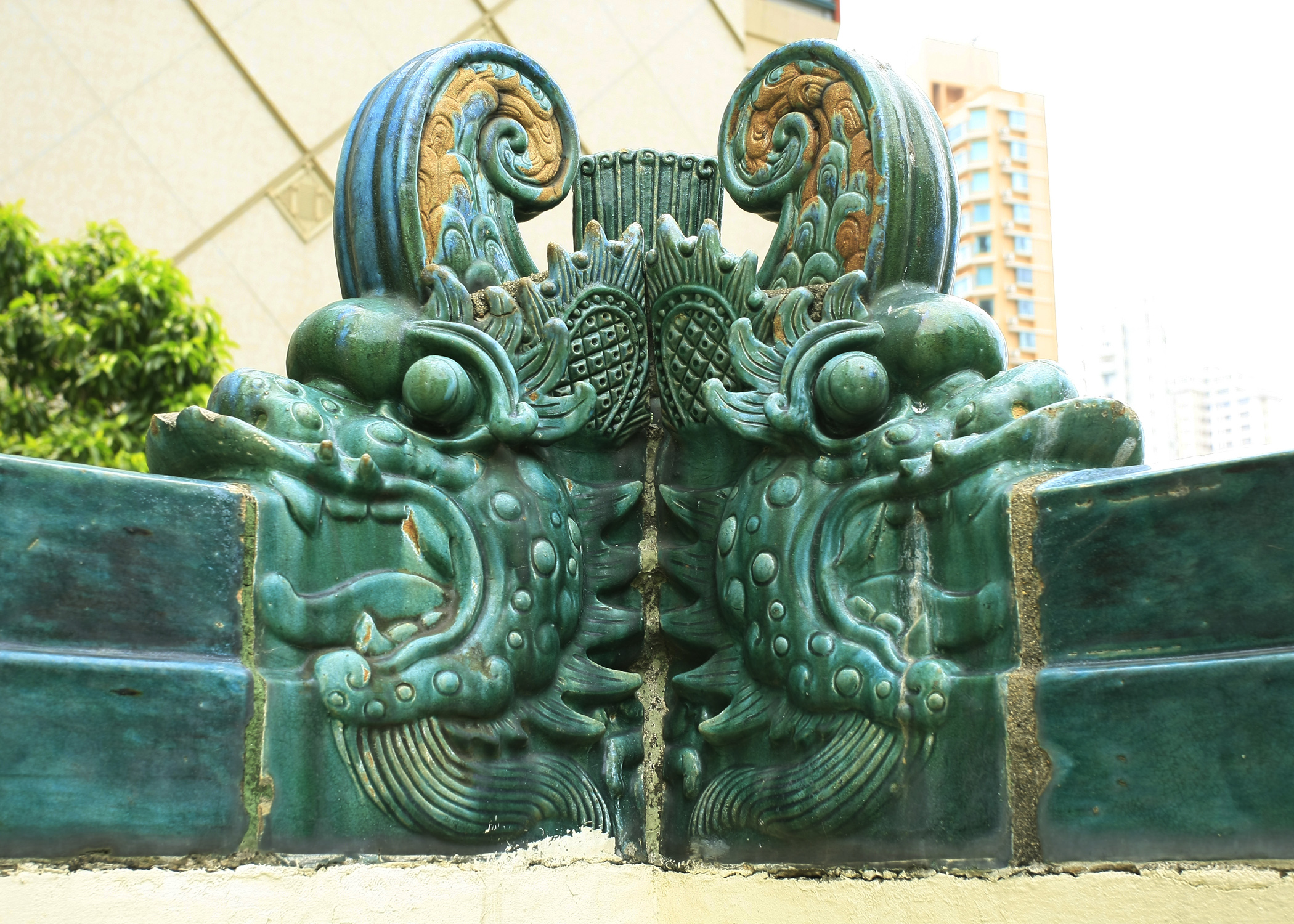
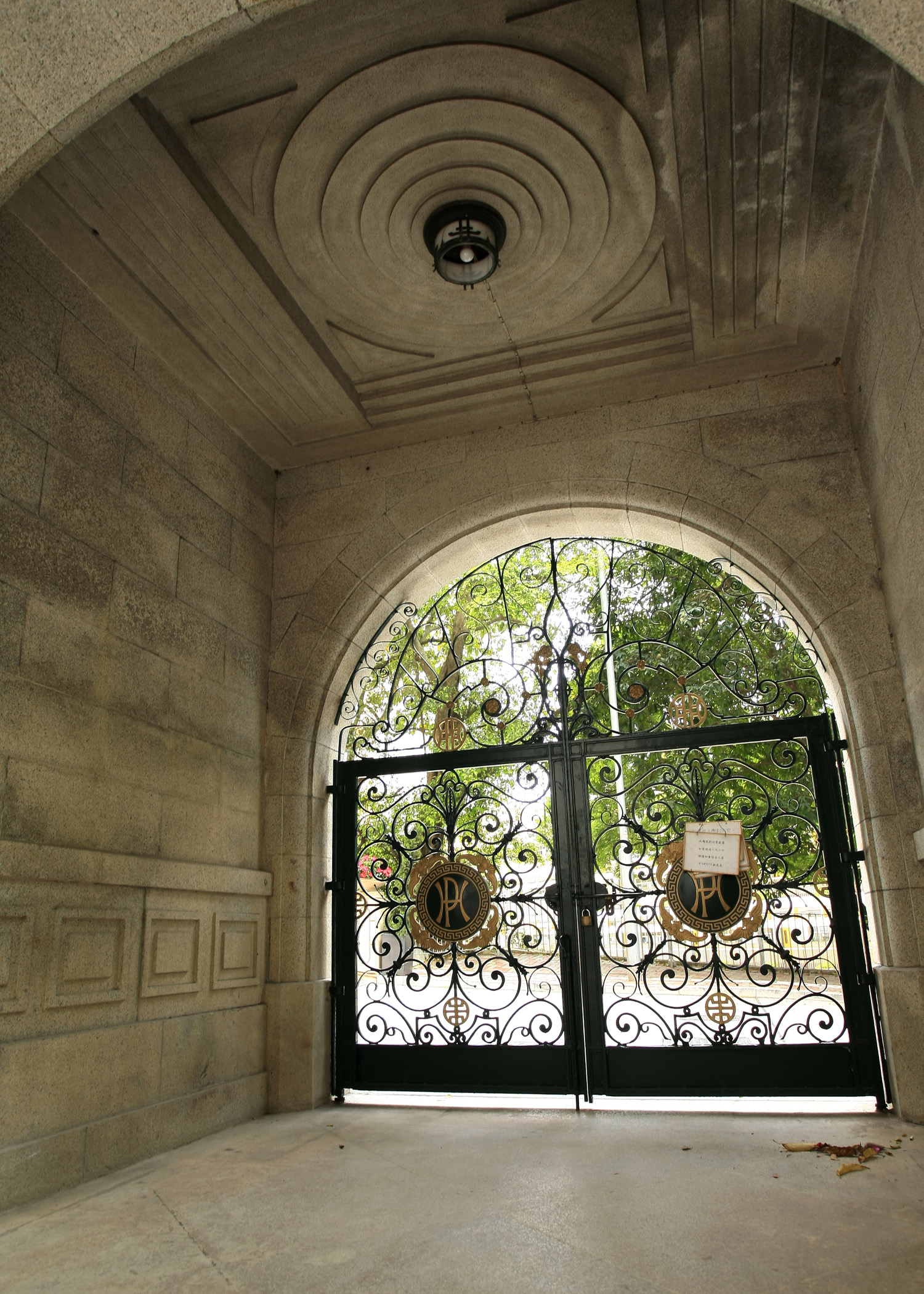
Haw Par Mansion together with its private garden was built in 1935 by Aw Boon Haw, who was known as "The King of Tiger Balm". Haw Par Mansion was the Aw's family mansion and was restricted to private use, while Tiger Balm Garden was open to the public for enjoyment.
The social value and local interest lies in the Mansion's image of a residence of a rich and powerful merchant family in the 1930s and a focal point of Chinese culture in Hong Kong.
Tiger Balm Garden has been demolished. Haw Par Mansion together with the private garden was preserved and had been passed to the Government since 2001.
Architecturally, Haw Par Mansion was built in the Chinese Renaissance style with a blend of Western and Chinese construction methods and architectural theory. The plan is, however, more Western being roughly symmetrical with the adoption of porches, bay windows and fireplaces. Internally, there are beautiful painted glass windows from Italy, carvings and mouldings, gilded with gold and murals showing Indian and Burmese influence. Over the years there has not been a great deal of change to the Mansion which retains its authentic appearance as envisaged by Aw Boon Haw.
The Mansion is a reinforced concrete construction. Though the Mansion is currently dilapidated in its finishes, it is very attractive in appearance after restoration and is unique in Hong Kong in terms of its Chinese Renaissance building style. There is a private garden in front of the Mansion which could be restored to an attractive ornamental garden.